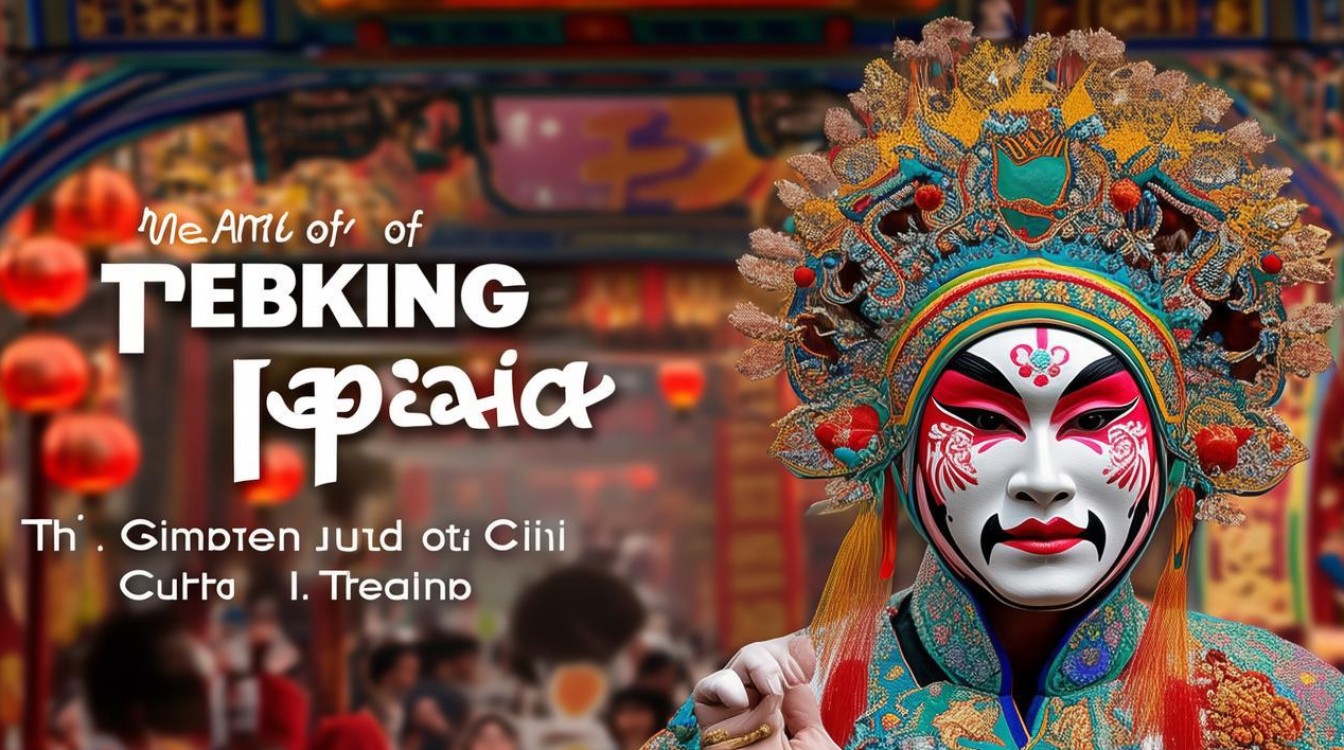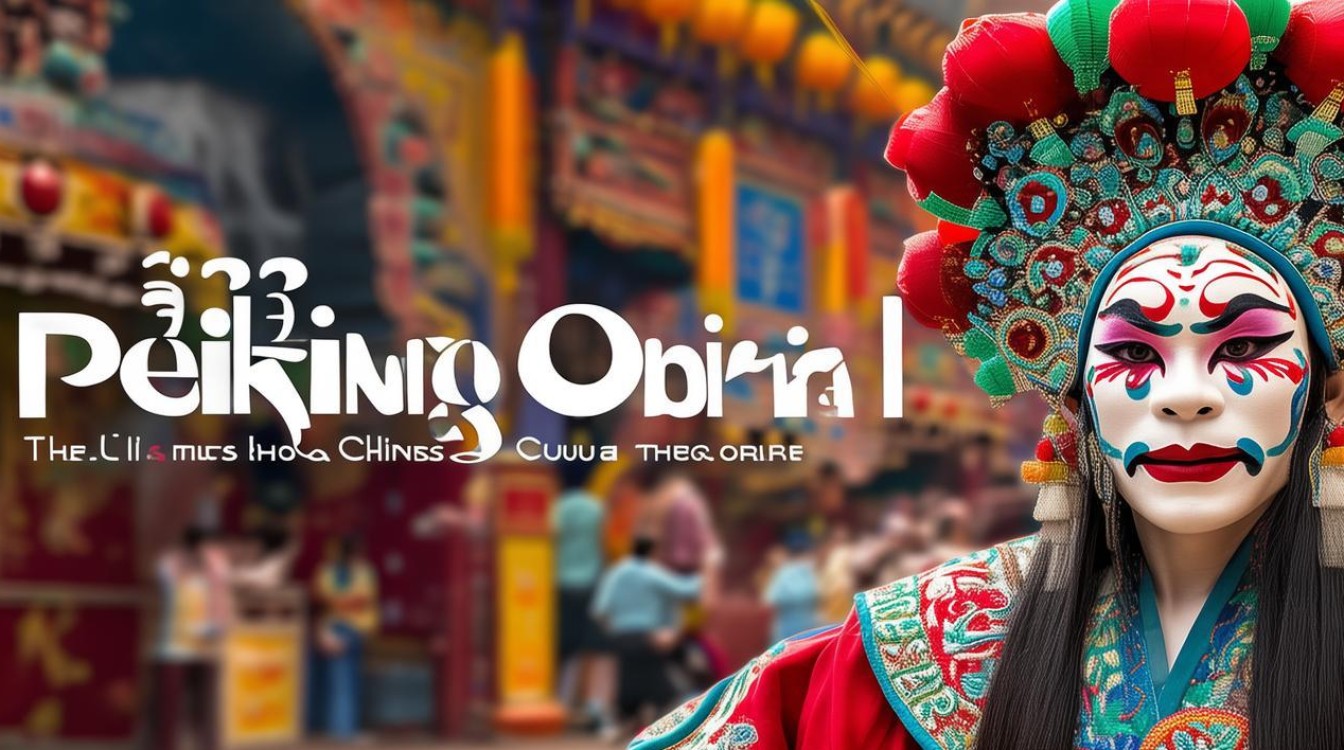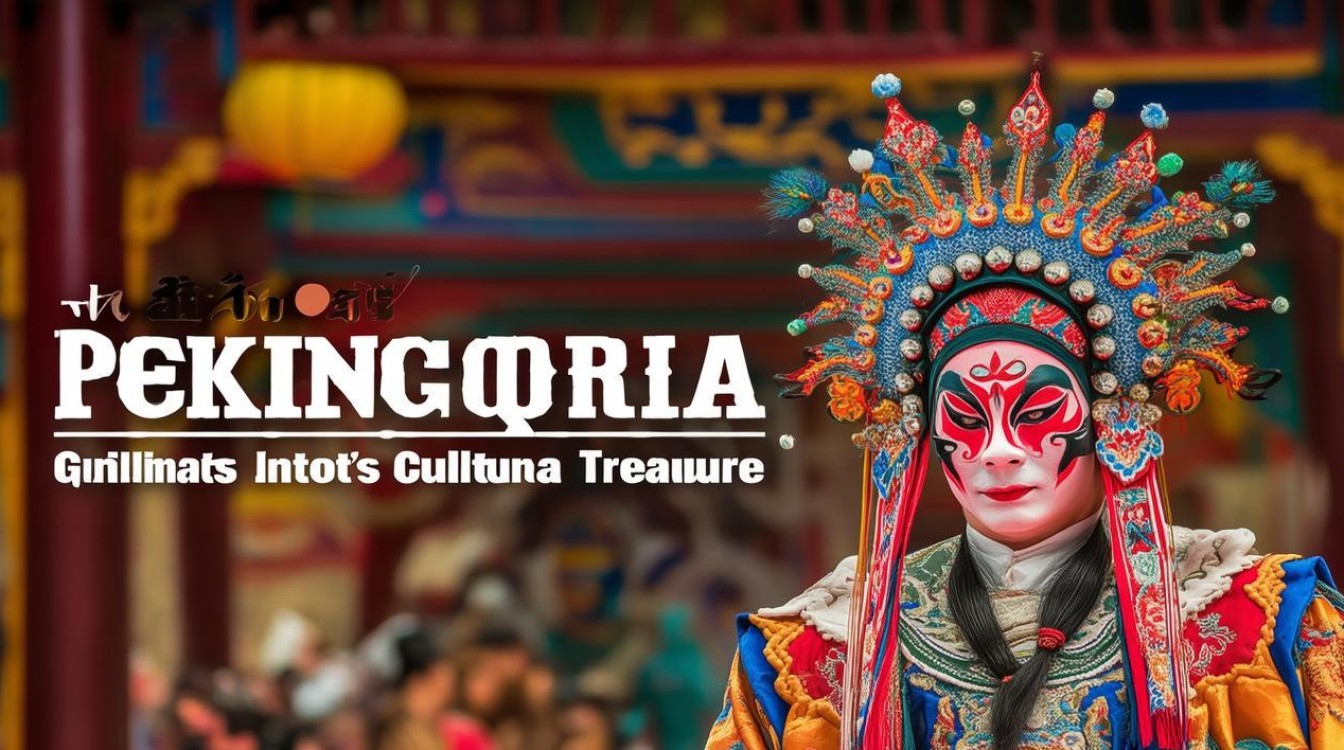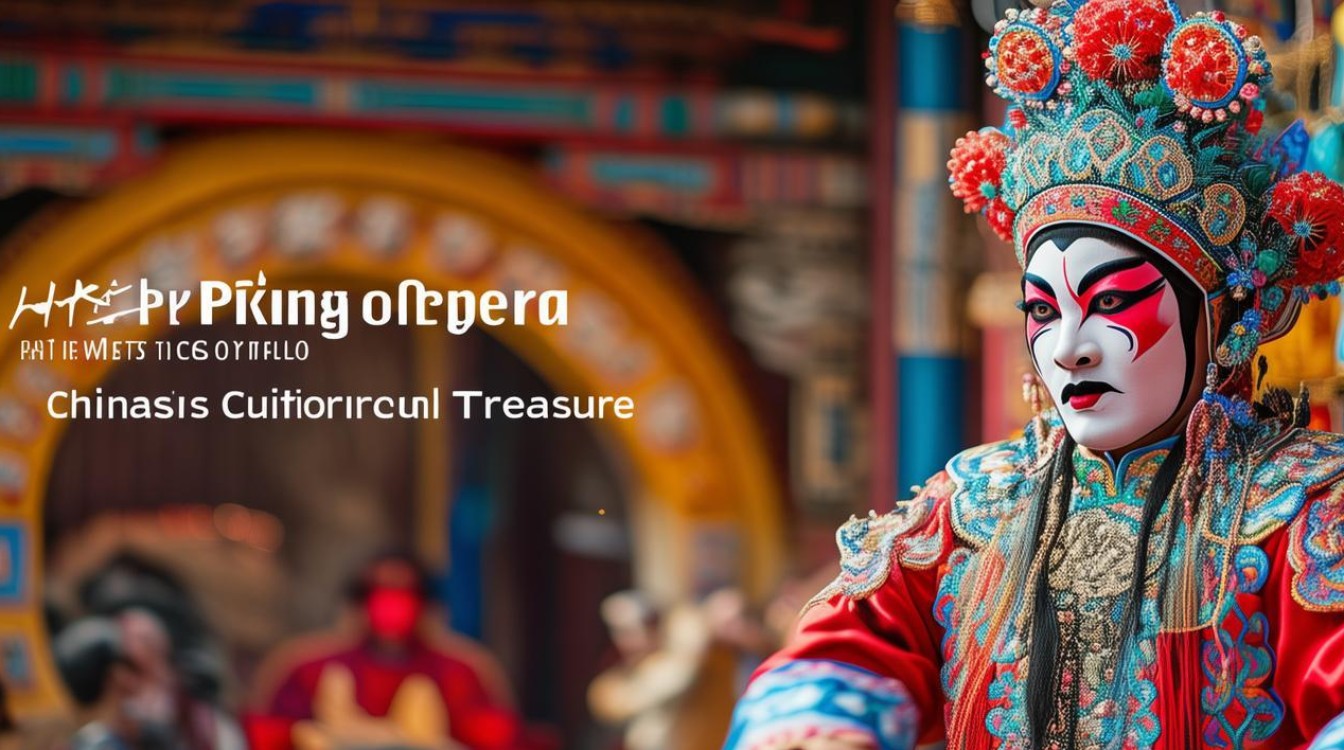Peking Opera, or Jingju, stands as one of China’s most celebrated cultural legacies. With a history spanning over 200 years, this art form combines music, vocal performance, mime, dance, and acrobatics into a harmonious spectacle. Recognized by UNESCO as an Intangible Cultural Heritage, Peking Opera offers a window into China’s rich traditions and philosophical values.

Origins and Historical Evolution
Peking Opera emerged in the late 18th century during the Qing Dynasty, synthesizing elements from regional operas like Kunqu and Qinqiang. It flourished in Beijing, earning imperial patronage and becoming a staple of court entertainment. By the 19th century, it had evolved into a refined art form, with standardized roles, melodies, and narratives.
The early 20th century marked Peking Opera’s golden age, with legendary performers like Mei Lanfang revolutionizing its global appeal. Mei’s international tours introduced Western audiences to its elegance, proving art transcends cultural boundaries.
Key Features of Peking Opera
-
Role Categories (Sheng, Dan, Jing, Chou)
Peking Opera characters fall into four primary roles:
- Sheng: Male roles, subdivided into dignified scholars (laosheng) and warriors (wusheng).
- Dan: Female roles, ranging from gentle heroines (qingyi) to vivacious maidens (huadan).
- Jing: Painted-face roles, depicting bold or villainous characters with elaborate makeup.
- Chou: Clowns, providing comic relief through exaggerated gestures and witty dialogue.
-
Visual Symbolism
Costumes and makeup are integral to storytelling. Vibrant colors denote personality—red for loyalty, white for treachery. Intricate headdresses and embroidered robes reflect historical accuracy, while stylized movements convey emotions like joy or grief. -
Music and Vocal Techniques
The orchestra blends percussion (for battle scenes), stringed instruments (like the jinghu), and wind instruments. Singing follows strict tonal patterns, with falsetto voices distinguishing female roles. Dialogues alternate between rhythmic recitation and melodic arias. -
Staged Movement and Acrobatics
Every gesture carries meaning. A flicked sleeve signifies anger; a somersault represents a journey. Fight scenes (wusheng) showcase gravity-defying stunts, blending martial arts with dance.
Themes and Cultural Significance
Peking Opera repertoire draws from Chinese history, mythology, and literature. Popular plots include:
- The Legend of the White Snake: A tale of love and sacrifice between a mortal and a serpent spirit.
- The Orphan of Zhao: A revenge drama highlighting loyalty and justice.
- Farewell My Concubine: A tragic romance set during the fall of the Qin Dynasty.
These stories reflect Confucian ideals like filial piety and righteousness, offering moral lessons alongside entertainment.
Preservation and Modern Adaptations
Despite challenges from contemporary media, efforts to preserve Peking Opera thrive. Institutions like the National Peking Opera Company train new generations, while innovations—such as digital backdrops or crossover collaborations—attract younger audiences.

Internationally, Peking Opera inspires global artists. Its influence appears in films like Crouching Tiger, Hidden Dragon and Broadway productions, proving its timeless allure.
Peking Opera is more than performance; it’s a living testament to China’s artistic ingenuity. For newcomers, experiencing its vibrant costumes, haunting melodies, and dynamic storytelling is a journey into the soul of Chinese culture. As the world grows more interconnected, this ancient art continues to captivate, bridging past and present with every curtain rise.

